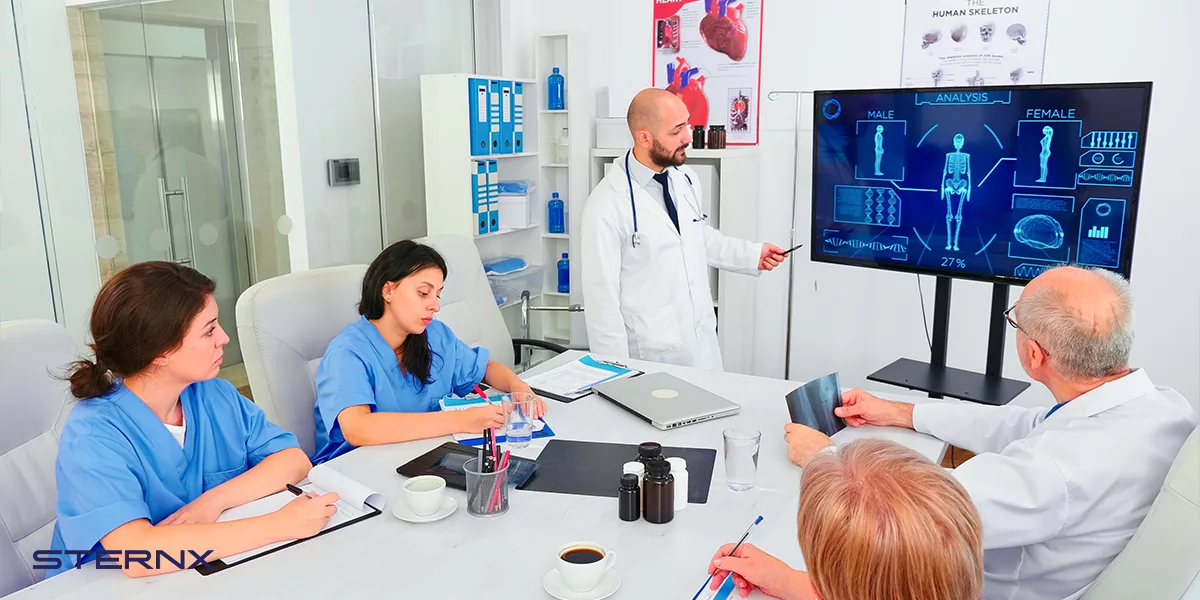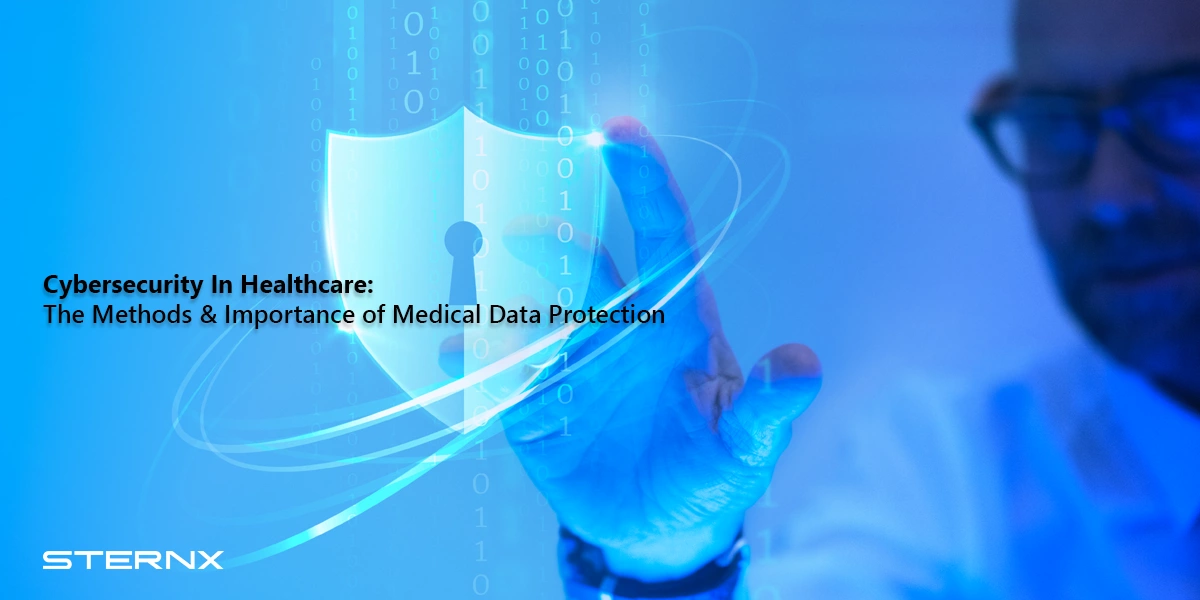Table of Contents
Healthcare organizations handle some of the most sensitive personal information about patients, from social security numbers and financial data to medical histories and treatment plans. As more healthcare providers digitize records and utilize connected medical devices, the risks from cyber threats have dramatically increased. Implementing comprehensive cybersecurity measures is critical for protecting patient safety and privacy hence importance of cybersecurity in healthcare.
What Is The Need For Cybersecurity In Healthcare?
Healthcare cybersecurity refers to the practice of defending medical information and devices from unauthorized access or harm. Some key reasons why cybersecurity has become increasingly vital in the healthcare sector include:
- Healthcare data is extremely valuable to cybercriminals due to the sensitive personal and medical information it contains. Patient records can be sold on the dark web or used for identity theft and fraud.
- Connected medical devices like MRI machines, thermometers, and infusion pumps are vulnerable to hacking, which could allow attackers to access hospital networks or interfere with lifesaving equipment.
- Ransomware attacks can cripple hospital systems by locking access to patient records, appointments, diagnostics, and more until the institution pays a ransom. This disrupts operations and puts patients at risk.
- HIPAA violations from data breaches can result in heavy fines and reputational damage if healthcare organizations fail to properly secure patient data.
![]()
What Are The Threats To Healthcare Cybersecurity?
The healthcare sector constantly faces cyberattacks from various sources looking to infiltrate systems and steal valuable data. Some major cybersecurity threats include:
- Ransomware – Malicious software that encrypts data until a ransom is paid. In the last one year, over 45 healthcare providers were impacted by ransomware.
- Phishing – Deceptive emails or sites that trick users into revealing credentials to infiltrate systems. Healthcare workers are susceptible to tailored phishing tactics.
- Unsecured Devices – Medical devices like IV pumps and heart monitors are vulnerable if left unpatched and open to attacks.
- DDoS Attacks – Cybercriminals overwhelm systems with traffic to take down networks and disrupt care delivery.
- Insider Threats – Current or former staff with access to healthcare systems can abuse their privileges and steal data.
Healthcare faces an array of constantly evolving cybersecurity threats looking to exploit vulnerabilities and gain access to sensitive medical systems and patient data. Top threats include ransomware attacks that can cripple hospital operations through rapid encryption of networks. Deceptive phishing tactics are used to steal credentials from healthcare staff. Connected but unsecured medical devices like IV pumps or heart monitors can provide entry points for attackers. Distributed denial of service (DDoS) attacks overwhelms systems with traffic to take down network and website access. Insider threats from employees abusing access privileges account for a quarter of health data breaches. Third party risks like vendors with poor cyber hygiene can also lead to backdoor network access. Robust cybersecurity defenses including intrusion detection, access controls, patch management, and staff training are essential to protect healthcare infrastructure from these attack vectors. Proactive threat monitoring, incident response plans, and resilience measures are crucial for securing patient well-being in the face of rising digital threats targeting the healthcare sector.
What Are The Cybersecurity Tools In Healthcare?
Healthcare organizations utilize advanced security tools and software to help defend against modern cyber threats. Some examples include:
- Access Controls – Manage which users can access various levels of data and systems. Prevents unauthorized changes.
- Encryption – Transform data into coded form so only approved parties can decipher and read sensitive information if intercepted.
- Antivirus/Anti Malware – Detects and blocks suspicious files or activity indicating malware. Keeps networks and endpoints secure.
- VPNs/Firewalls – Create a barrier around networks and allow remote clinicians to securely access systems.
- Intrusion Detection Systems – Monitors networks for anomalies and known attack patterns to catch threats.
- Data Loss Prevention – Prevents unauthorized transmission of sensitive data outside the network perimeter.
- Security Training – Educates healthcare staff on cybersecurity best practices to avoid being vulnerable to phishing or social engineering.

One innovative cybersecurity solution for healthcare is SternX’s Trio platform uses AI and machine learning to provide real-time threat detection, response orchestration, and continuous compliance across an organization’s networks and cloud environments. Companies should identify compromised credentials, malware infections, unauthorized changes to systems, and other indicators of potential breaches to proactively defend healthcare data.
Why is cybersecurity important in protecting patient safety?
Robust cybersecurity safeguards in healthcare organizations are crucial for protecting patients from harm. Some ways medical data protection impacts patient safety include:
- Preventing misdiagnosis or treatment errors by ensuring accurate, confidential records aren’t manipulated or made unavailable.
- Avoiding diversion of controlled substances by securing pharmacy stock systems from unauthorized access.
- Stopping medical device or hospital network outages that could interrupt critical care delivery.
- Blocking theft of patient identities or sensitive records that could result in fraud or abuse.
- Maintaining compliance with laws like HIPAA that require stringent data security standards.
When healthcare providers implement strong defenses against cyber threats, patients can feel more assured their sensitive information and well-being will remain protected. Ongoing security training, software updates, backups, access controls, and auditing are key to sustaining robust cyber defenses and resilience. Investing in healthcare cybersecurity saves lives by keeping systems available and secure in the face of rising digital risks.
